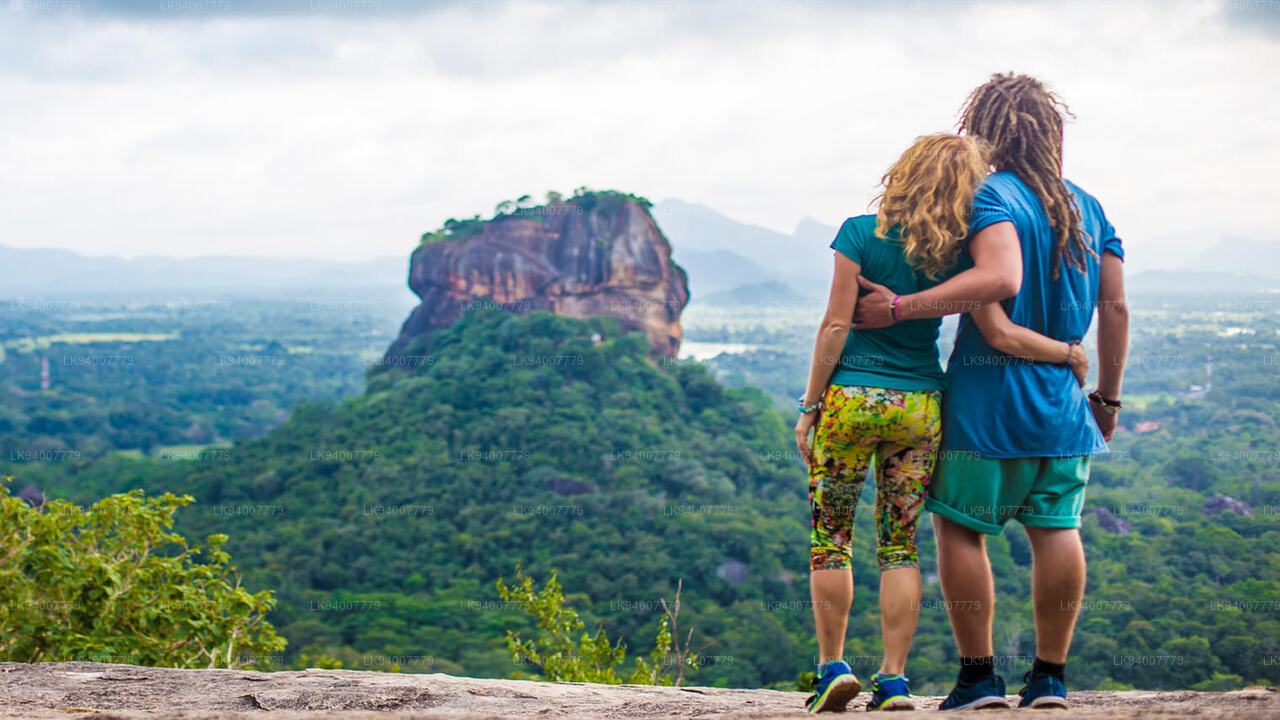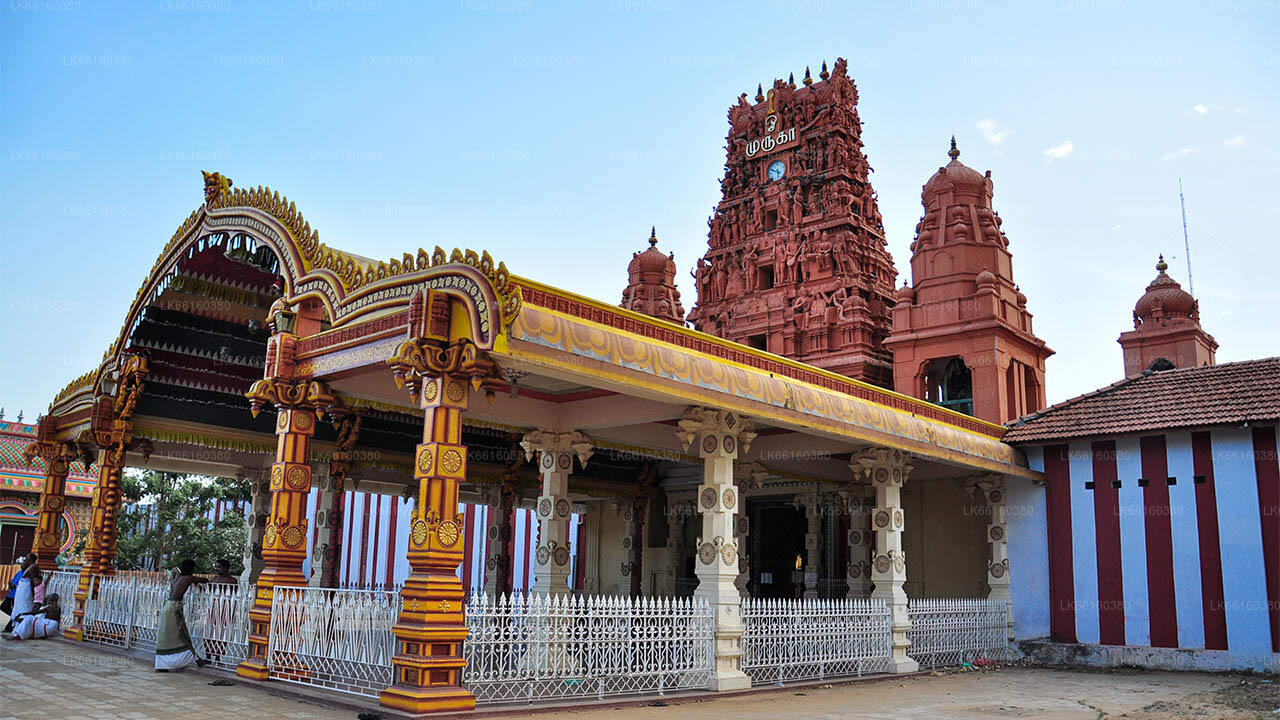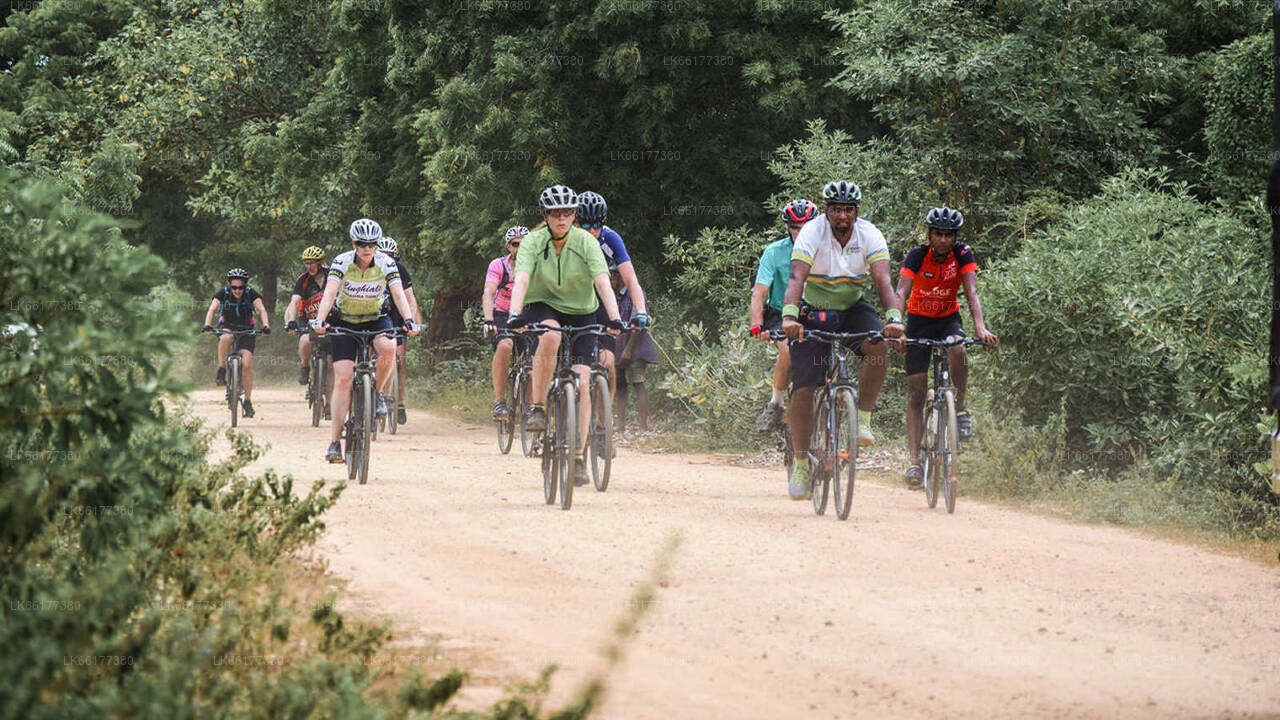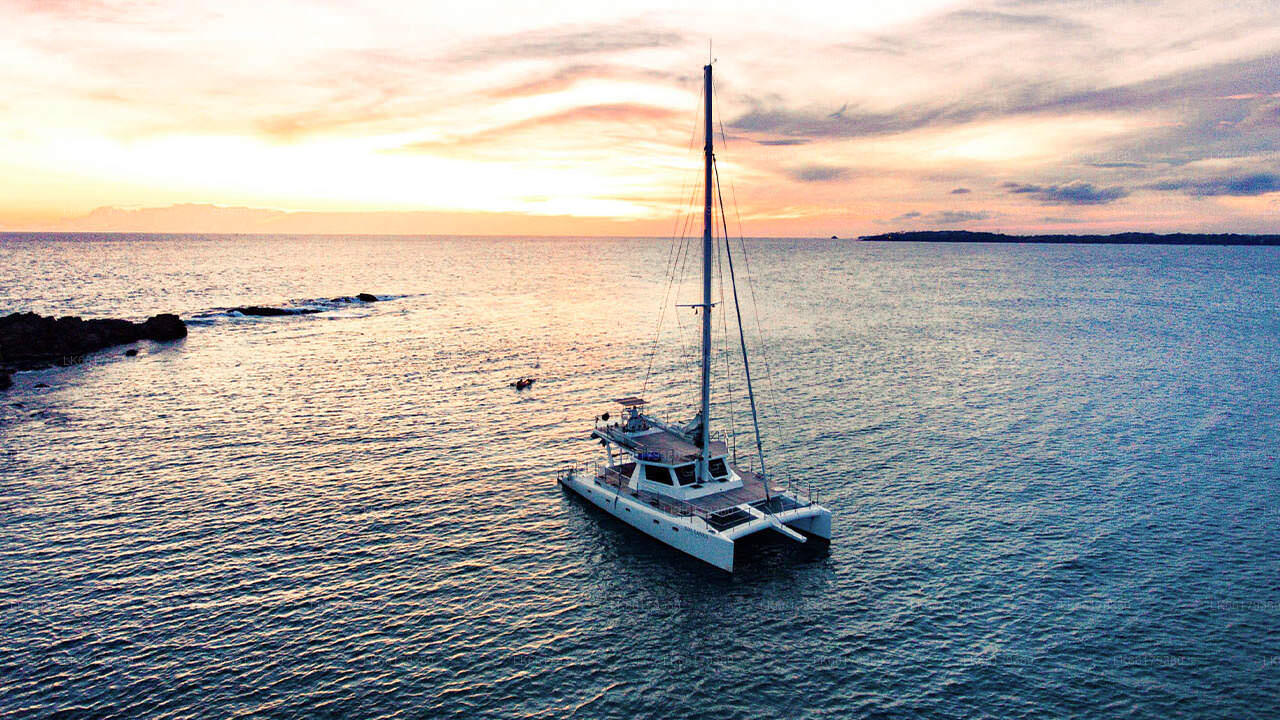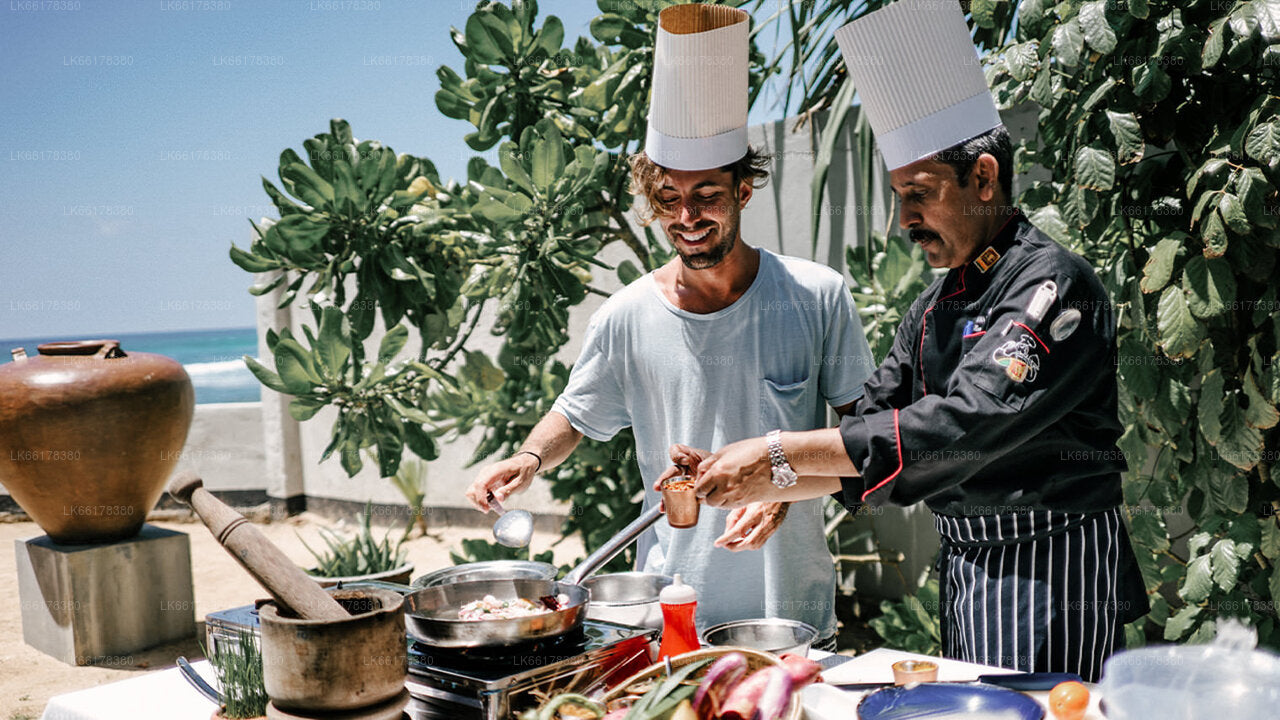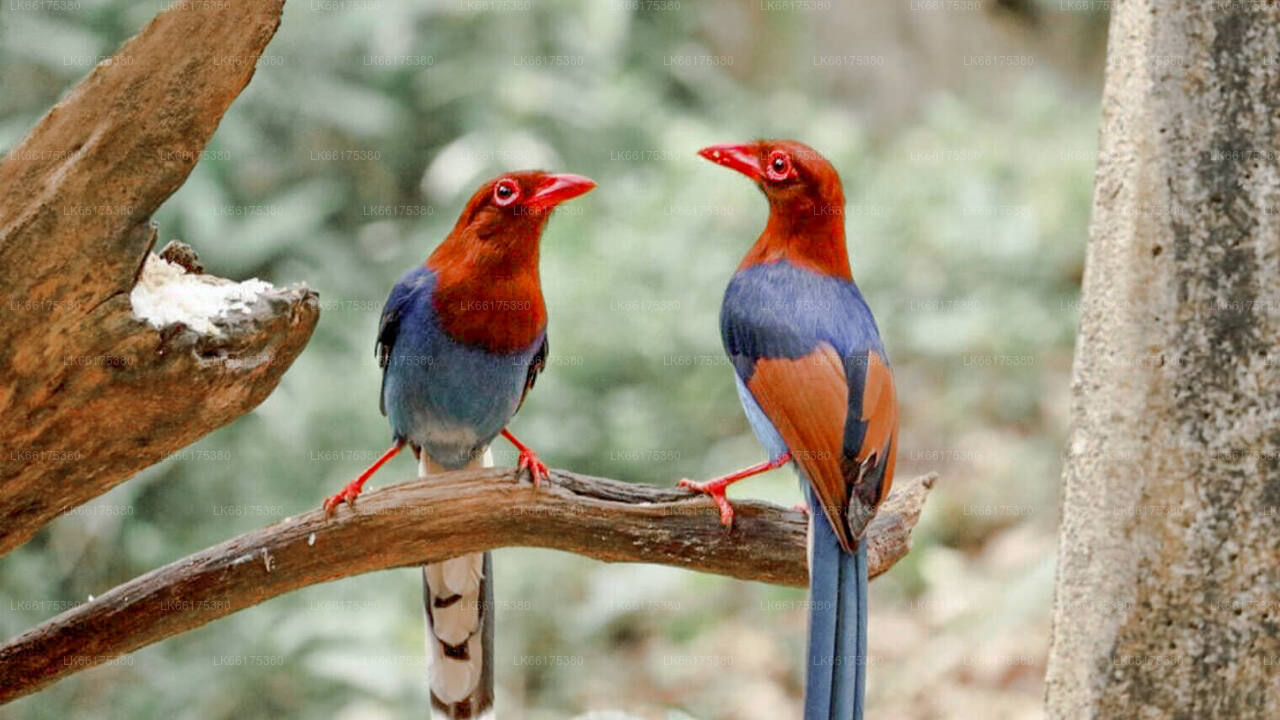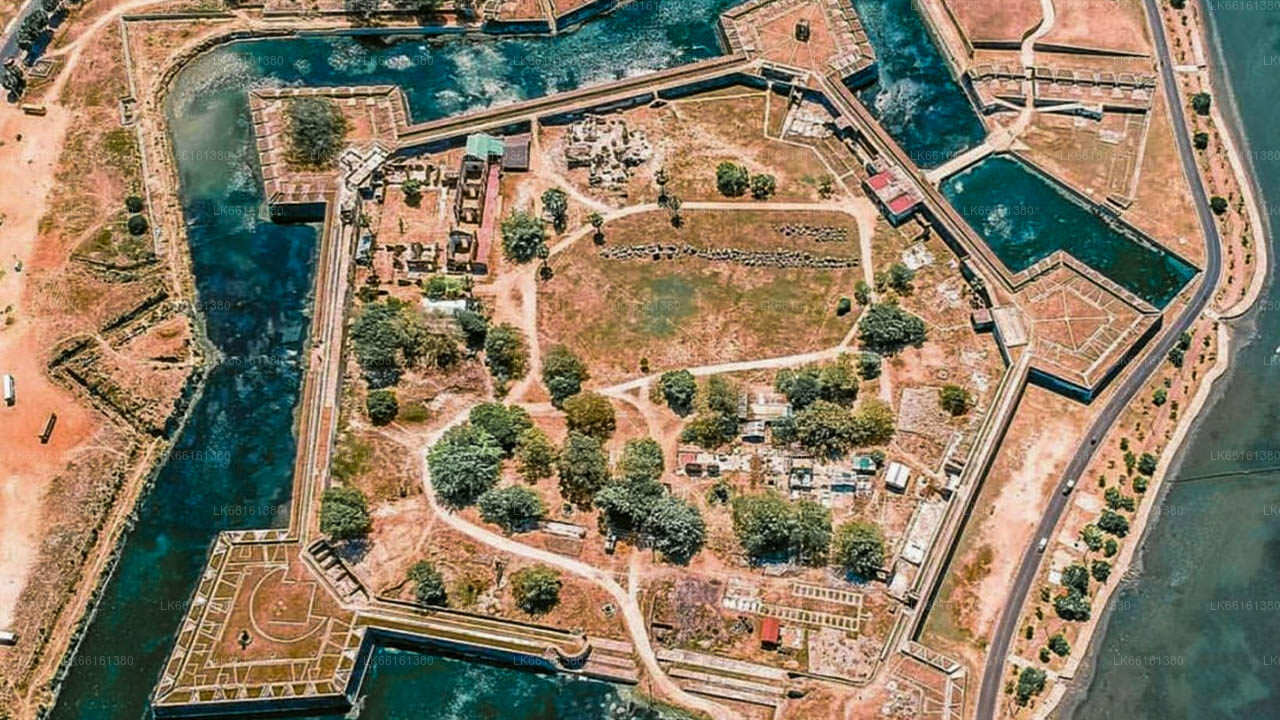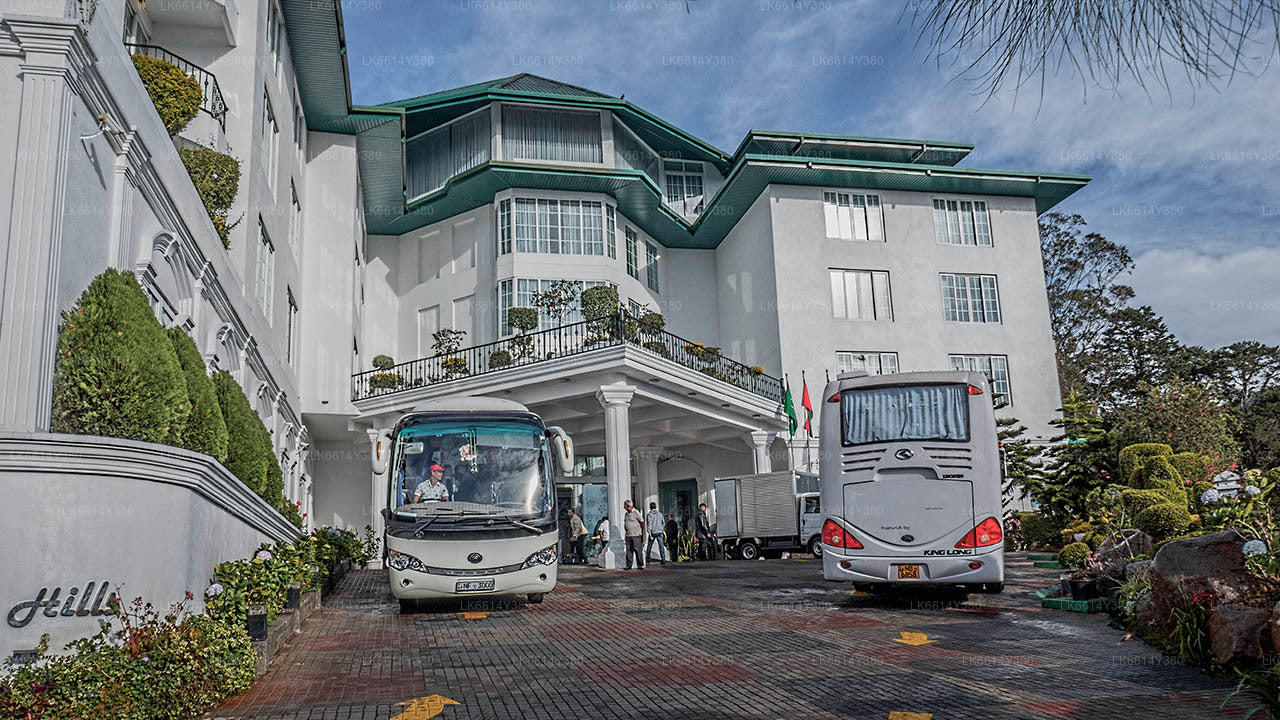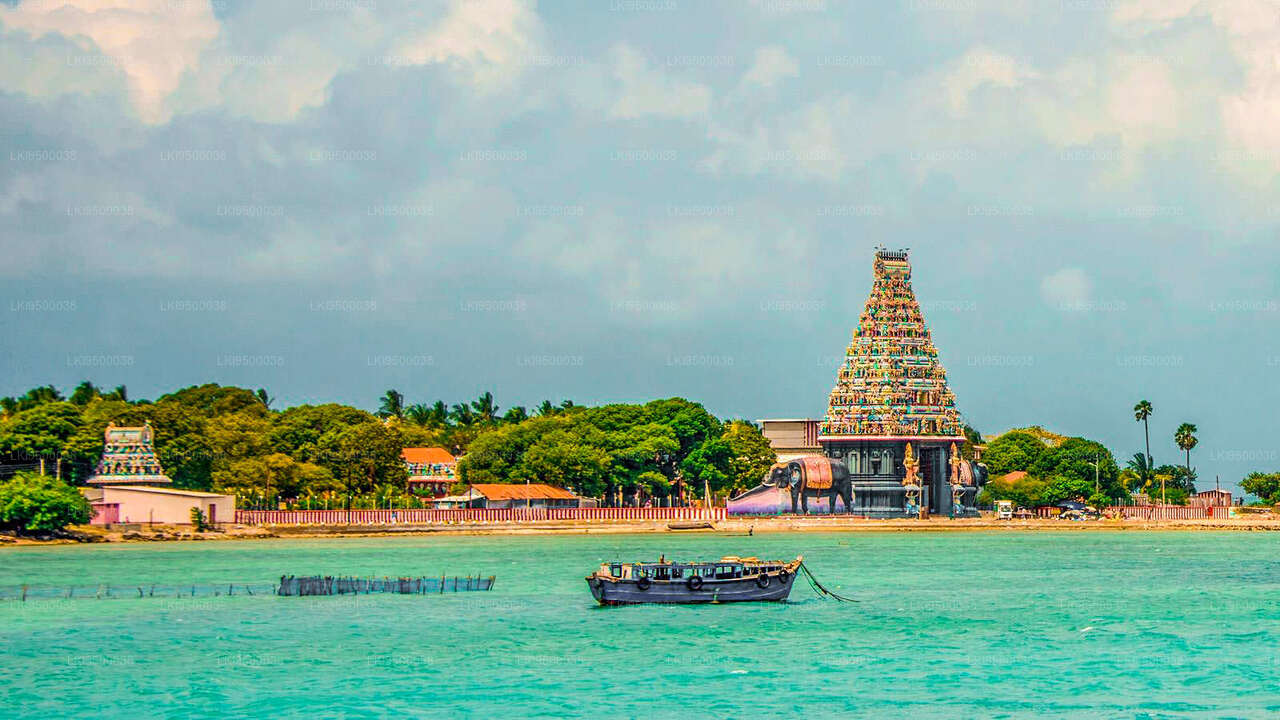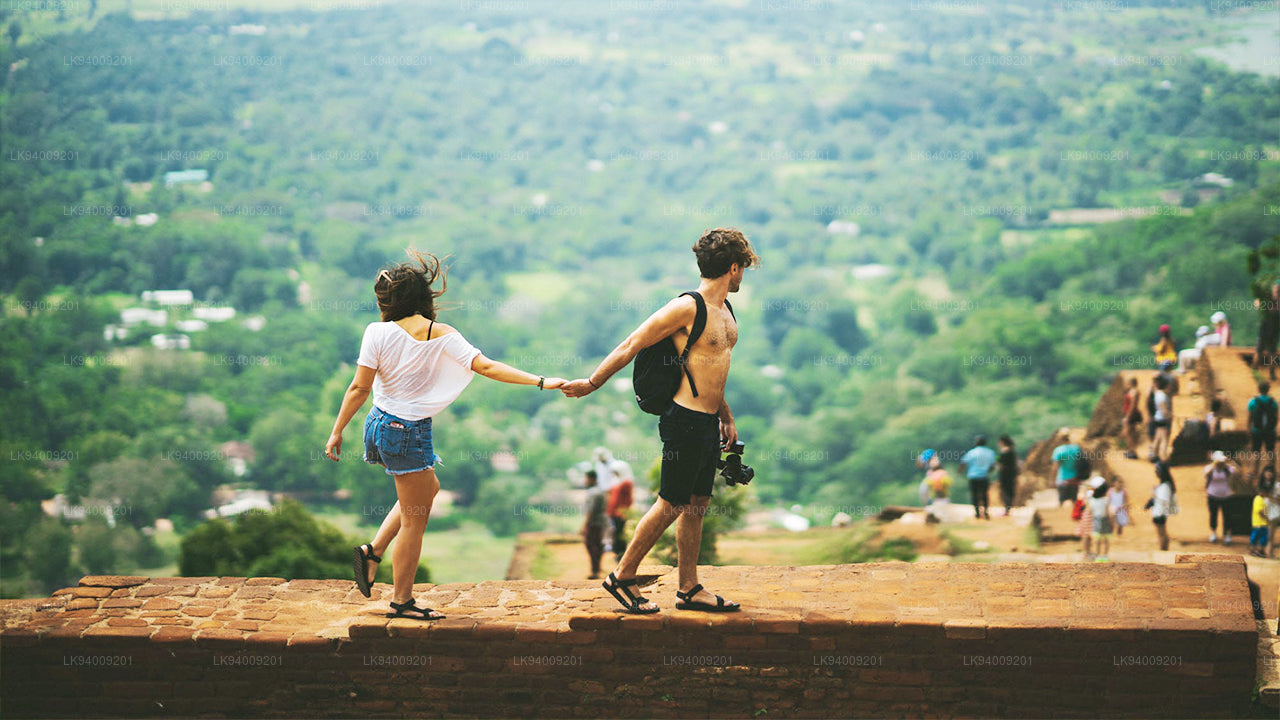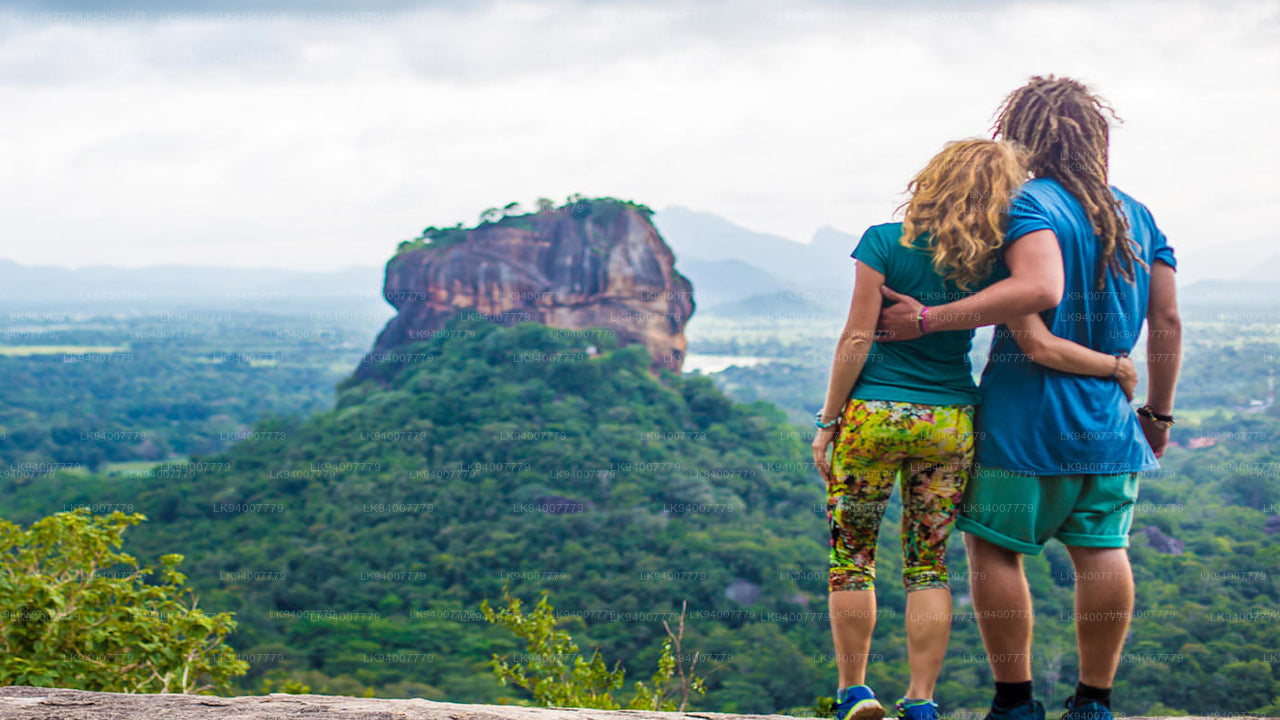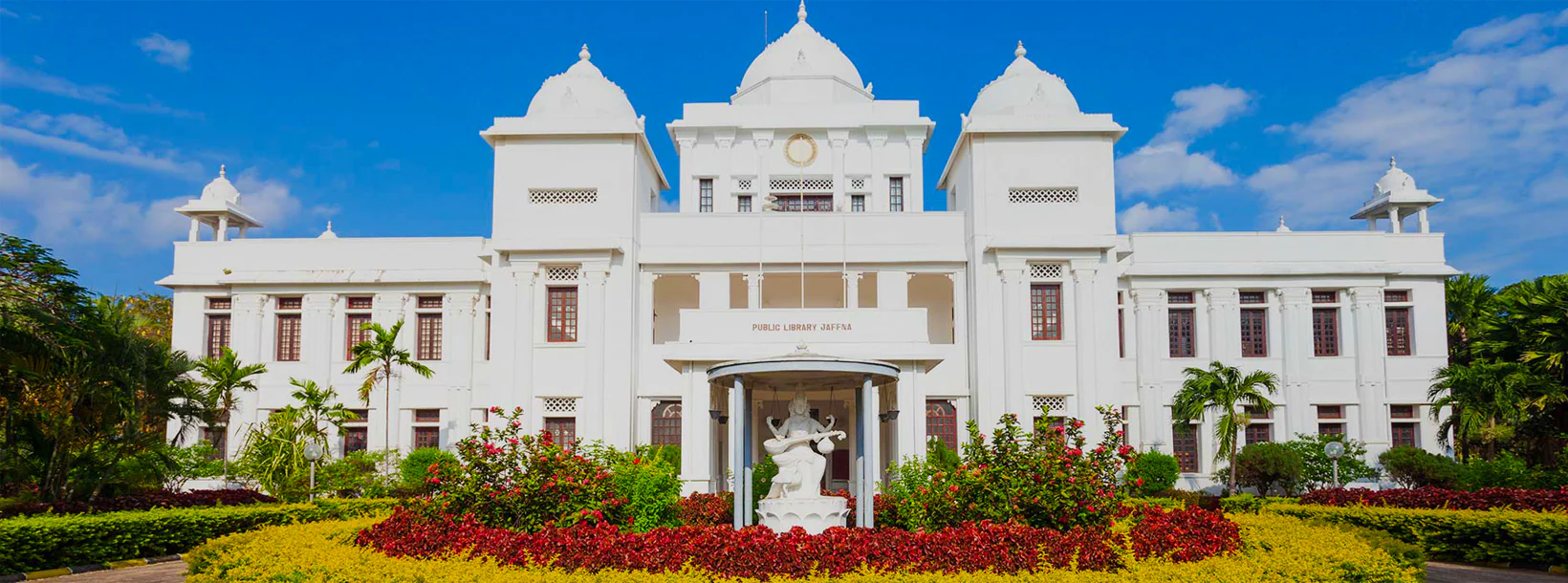
Jaffna City
Jaffna is the main city of Jaffna peninsula in the northernmost district of Sri Lanka. Comfortable intercity busses from Colombo take 10-12 hours to reach the city of Jaffna.
Kayts Fort (කයිට්ස් බලකොටුව)
The Kayts Island Fort (Tamil: ஊர்காவற்றுறைக் கோட்டை, romanized: Ūrkāvaṟṟuṟaik Kōṭṭai; Sinhala: කයිට්ස් දූපත් බලකොටුව Kayits Dupath Balakotuwa) was built by the Portuguese in 1629 and was abandoned in 1651. In the late 1600s, Dutch controlled the fort when they took over the Kayts island. During the Dutch rule, it was not normal to undergo restoration like the former forts of Portugal
The horseshoe shaped fort with four circular bastions was built to protect Jaffna Peninsula like other Portuguese forts in the peninsula. There was one of the primary commercial ports called “Urundai” beside the fort. Therefore, the fort was known as “Urundai Fort”. The Tamil word “Urundai” literally means sphere or round-shape
Known as Urathota (Uruthota) in the ancient times, Kayts was a major port in ancient Sri Lanka. According to the Nagadeepa Tamil inscription, during the reign of King Parakramabahu I (1153-1186), Urathota was a special port for Indian merchant ships and the king had paid special attention to ships carrying horses and elephants at this port.
Urathota got its name Kayts from the Portuguese. It’s a name derived from “Caes dos Elefantes“. The term means “elephant’s mouth”. The Portuguese came to call this port “Caes dos Elefantes” because Sri Lankan elephants were exported to India through this port. The name “Caes dos Elefantes” was simplified to “Cais“. After the expulsion of the Portuguese and the arrival of the Dutch in Jaffna, the name was further evolved in to “Kays” and later to “Kayts“.
The fort at Kayts was built by the Portuguese. Antonio Bocarro, who served as chronicler-general of the Portuguese State of India has made a note of the fort in 1635. He has called this fort “Fort at the Elephants Quay“. It is said that this fort is as big as the Mannar Fort but better shaped. It has two bastions on the land side and a breastwork on the seaside which is 35 meters long and 5.5 meters wide. It is not filled up, but raised on beams and the open gallery below cannot be protected in any manner because rain water pours in through the openings in the ground for the movement of the artillery. There are twelve open embrasures above at the height, from the ground level, of 2.5 meters and from the parapet of the embrasures upwards is 1.8 meters. The fort was equipped with 8 artillery pieces, three 8 pounders, three 6 pounders and two 5 pounders. There has been enough space for ample ammunition, the captain and 40 soldiers inside this fort.
Baldaeus, a Dutch pastor, writes in his 1672 memoir, states that the Dutch sent a message of surrender to the Portuguese commander in charge of Fort Kayts during the Dutch invasion of Jaffna in 1658. However he does not mention any details of this fort. After taking control of Jaffna, the Dutch did not attempt to rebuild Kayts Fort. This may have been due to the existence of nearby Hammenhiel Fort.
The next information on this fort come from a author using a pen name “PENN”. Penn writing to the Colombo Journal in 1832 reports that the fort was already in ruins when he visited it. At the time, it was known as “Erie Fort“. A study of the ruins revealed that it was a fort 130 feet long with four cylindrical walls and thick walls. It is mentioned that there were two gates on the east and west and part of the outer slope of the fort facing the sea on the north.
According to an article published in 1926 by a British author named J Pearson, the fort, mentioned by PENN at the time, had been largely destroyed. But Pearson has methodically studied these ruins and states that this fort was not square but horseshoe-shaped. Two bastians faced the sea with the convexity facing landwards to the south
The length of the fort is 274 feet to the northern wall joining the bastions. The extreme width is 206 feet. The outer wall of the horse-shoe is 19 feet in thickness and encloses two well defined rectangles, the northern one of which is 116 feet long by 95 feet wide and which undoubtedly acted as a courtyard. The southern portion of the fort was occupied by the residences of the garrison, arranged on three sides of the southern rectangle, which doubtless formed an open courtyard devoted to the more peaceful avocations of the garrison. In all there are ten rooms opening on to this southern courtyard, the dimensions of which are 91 feet by 83 feet.
The northern portion of the fort has outer and inner ramparts, both on the eastern and western sides, separated from each other by an open space 13 feet wide and 160 feet long. The inner wall is extremely interesting as an arched passage runs around it on the outer side, supported at intervals by internal buttresses which project into the passage, thus dividing it into a number of compartments. The rubble of this dilapidated fort have been removed and the current remains are now somewhat preserved
An inscription of archaeological value has been discovered near this fort. The content of this inscription is written in Tamil script and as foll
"Good luck !! At Mathottam (Rajarajapura) in Mannar, Jayankontha alias Muwantha Veler, the commander and general, conquered Sri Lanka and took away King Mahinda and the queen."
King Mahinda mentioned in this inscription appears to be the King Mahinda the 5th (982-1029 AD) who is considered to be the last king of the kingdom of Anuradhapura. The Mahavamsa states that the Cholas invaded the country during the reign of 5th Mahinda (Mahinda), captured King Mahinda’s queen, tricked the king by showing a false show of peace, taking the king prisoner too and sent all the plundered treasure from Ceylon, the king and the queen to India. The Delft inscription confirms the authenticity of this description in the Mahavamsa. This inscription is now kept at the Jaffna Museum.
About Jaffna District
Jaffna is the capital city of the Northern Province, Sri Lanka. 85% of the populations of the Jaffna and Kilinochchi districts are Hindus. The Hindus follow the Saivite tradition. The remainders are largely Roman Catholics or Protestants, some of whom are descendants of colonial settlers, known as Burghers. The Tamils are divided along caste lines, with the farmer-caste Vellalar forming the majority. Sea products, red onion, and tobacco are the main products in Jaffna.
Jaffna is home to beautiful Hindu temples. An Old Dutch Fort still stands well preserved within which is an old Church. Another example of Dutch architecture is the King's House. No visit to Jaffna is complete without tasting the exquisite Jaffna mango, reputed for its sweetness. About 3 km away is the majestic Nallur Kandaswamy Temple, home to the largest religious festival in Jaffna. The Kayts Harbour is an ancient ship docking site in the Jaffna region.
About Northern Province
The Northern Province is one of the 9 provinces of Sri Lanka. The provinces have existed since the 19th century but they didn't have any legal status until 1987 when the 13th Amendment to the 1978 Constitution of Sri Lanka established provincial councils. Between 1988 and 2006 the province was temporarily merged with the Eastern Province to form the North-East Province. The capital of the province is Jaffna.
Northern Province is located in the north of Sri Lanka and is just 22 miles (35 km) from India. The province is surrounded by the Gulf of Mannar and Palk Bay to the west, Palk Strait to the north, the Bay of Bengal to the east and the Eastern, North Central and North Western provinces to the south.The province has a number of lagoons, the largest being Jaffna Lagoon, Nanthi Kadal, Chundikkulam Lagoon, Vadamarachchi Lagoon, Uppu Aru Lagoon, Kokkilai lagoon, Nai Aru Lagoon and Chalai Lagoon.Most of the islands around Sri Lanka are to be found to the west of the Northern Province. The largest islands are: Kayts, Neduntivu, Karaitivu, Pungudutivu and Mandativu.
The Northern Province's population was 1,311,776 in 2007. The majority of the populations are Sri Lankan Tamils, with a minority Sri Lankan Moor and Sinhalese population. Sri Lankan Tamil is the major language spoken in the province by the vast majority of the population. The other language spoken is Sinhala by 1 percent of the population. English is widely spoken and understood in the cities.

